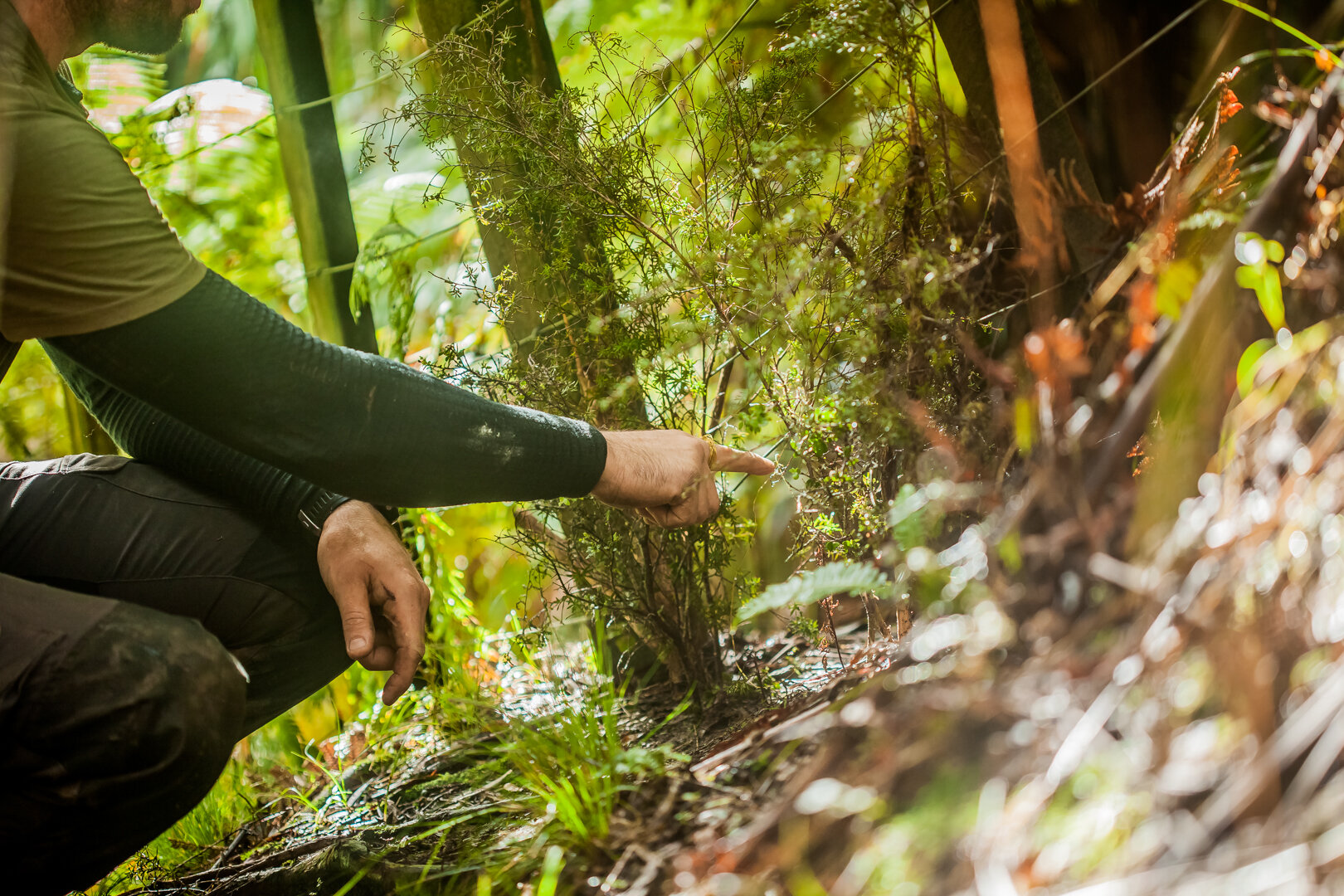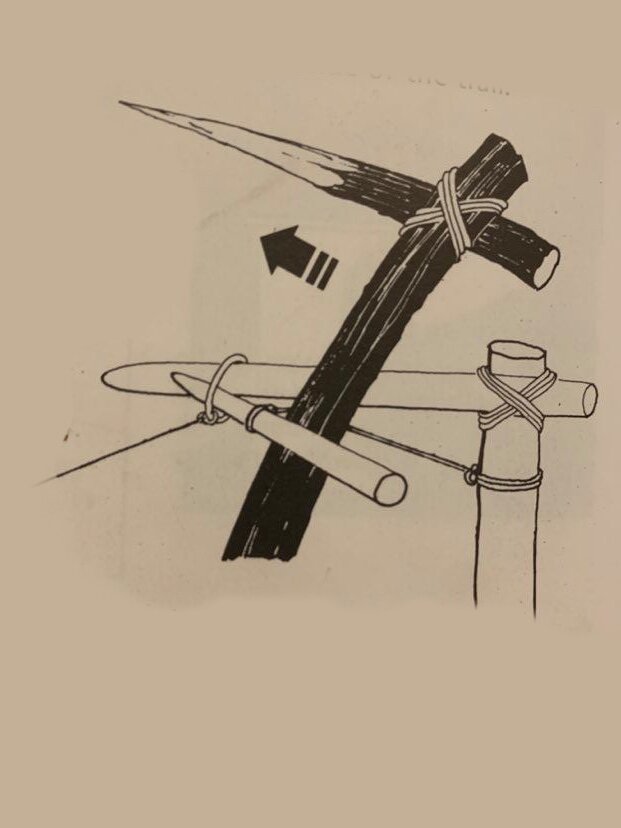Traps and Snares 101
Why Trap for food? In a survival situation the energy received from animals is far greater than that of plant material. (Plant material is integral however). It is a lot easier and energy efficient to set traps than head out and hunt. You must learn to make simple traps that are effective and will work.
Whether at home or out in the wilderness setting traps is a great way of learning to observe animals and the environment around you. This also adds value as you learn some basic knots used in all aspects of life.
In this article we will walk you through 5 basics traps and snares you can set at home
Firstly it is important we learn some critical mistakes people make. These tips will greatly increase your chances of catching game.
BASIC RULES:
Avoid disturbing the environment; ensure you construct all your traps away from the target area and do not tread on the game trail. Leave no sign behind.
Hide Scent; Handle everything as minimally as possible to avoid leaving your stinky fingers. Do not make a trap out of pine if you are in native bush or vice versa as each tree has its own scent. Animals are smart! they also have a much stronger sense of smell than you.
Camouflage: Rub dirt on freshly cut sticks, blend in your snare to the environment as much as possible
Make it strong: If you were caught in a trap you would also be fighting for your life. Therefore ensure your traps have no weak points and are securely fastened.
WHERE TO TRAP
Look for game trails or ‘runs’ which lead from an animals home habitat to food or water. DO NOT place a trap near an animals home; this is where an animal is most alert, entering and exiting its house. Rabbits can bunker down for days if their ‘lair’ is disturbed.
Kanuka branches sourced from the surrounding trees are used to funnel small game to exactly where our noose is set.
Trap mechanisims
MANGLE TANGLE STRANGLE DANGLE
Ingenuity and imagination is the key element to survival, use these concepts above to help you create your traps. A deadfall trap mangles, a net will tangle, a snare will strangle and a spring snare will lift an animal and dangle it. Below are 5 basic traps for you to learn today.
3 TYPES OF TRAPS YOU CAN TRY TODAY
Simple Snare:
This snare is implied in its name, Simple. This is often the most effective if done correctly. You should keep a small roll of wire in your hiking/ hunting
A Simple snare, ideally made with wire.
2. Spring Snare
Made up of four parts.
.
The Noose: made from cordage or wire.
The Trigger: whittled out of wood.
The Leader line: cordage of some description
The Engine: Usually a young sapling or springy branch off a tree.
.
As the desired future meal walks through the noose. It dislodges the carved hook, which then allows the sapling to pull the noose high in the air. Holding and dispatching the animal faster than a simple noose.
A spring snare placed on a well used animal run
3. Large Game Trap (Warning DANGEROUS )
This design is good for large game, a very simple ring is made from wire to use as the trigger. The ring holds the spear in place and is attached to the trip wire. As an animal walks into the trip wire, it pulls the ring and releases the spear.
This trip-wire set is effective any animal that utilise consistent game trails. Make sure the spear is set at the correct height for the animal intended.
Be very careful the last thing you want to do is spear yourself or worst someone else. Ensure you have hard wood; this is important as it needs to impact the animal with enough force to kill it while not allowing it to escape
I highly recommend you watch this trap from a distance as a safety measure and also if you happen to wound an animal, you have a better chance of tracking it down should it escape.
A close up view of the trigger mechanism






